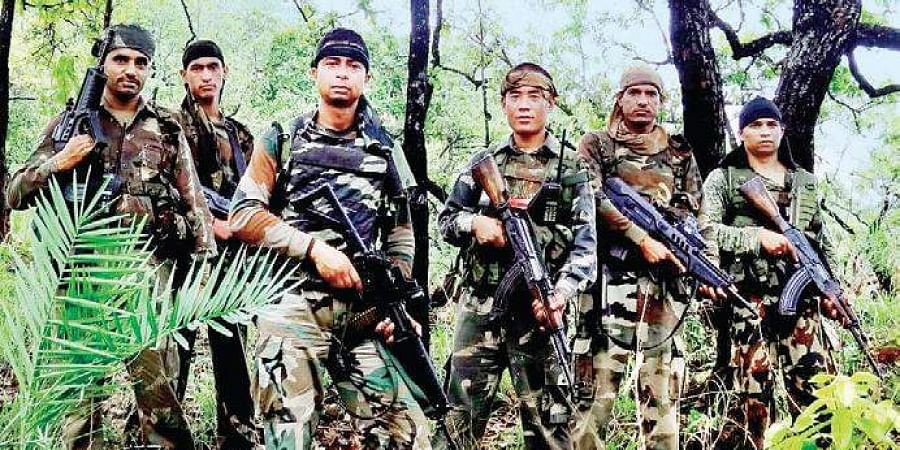Free Courses Sale ends Soon, Get It Now


Free Courses Sale ends Soon, Get It Now



Copyright infringement is not intended
Context: Killing of over a dozen civilians in Mon district of Nagaland saw angry crowds vandalise camps of Assam Rifles in the district.
What is Assam Rifles?
How is it unique?
Why do both MHA and MoD want full control?
How old is the issue?
What has been the contribution of Assam Rifles?
© 2024 iasgyan. All right reserved